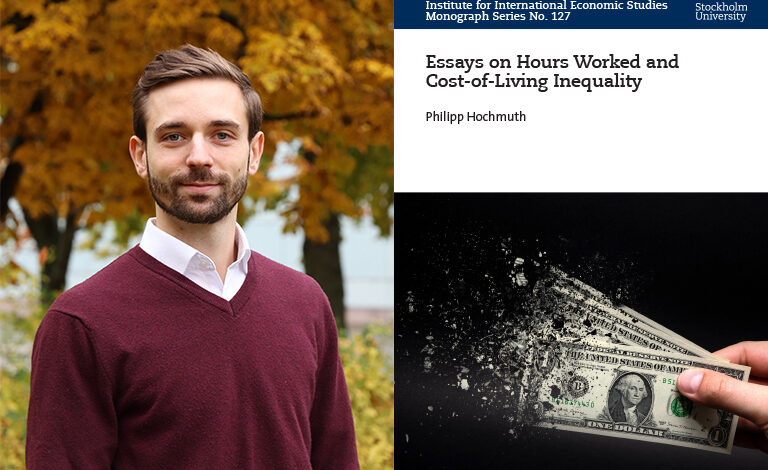The Changing Landscape of Entrepreneurship: Exploring Work Trends and Economic Inequality

In a rapidly evolving economic landscape, the traditional image of the hard-working entrepreneur is undergoing a notable shift. Over the past three and a half decades, a surprising trend has emerged: entrepreneurs are working fewer hours than ever before. A recent doctoral thesis by IIES graduate student Philipp Hochmuth indicates that this decline in hours worked among entrepreneurs surpasses that of regular workers, accounting for a significant portion of the overall decrease in total work hours.
This decline is not isolated to a particular demographic; it spans across various groups, including gender, age, education level, and family size. Even within different occupations and industries, the trend persists. What’s striking is that this reduction in working hours among entrepreneurs isn’t accompanied by a significant increase in income per hour.
Delving deeper into the data, it becomes apparent that the decline originates from the top of the hours distribution. There has been a noticeable decrease in the proportion of entrepreneurs working extensive hours, exceeding the 45-hour mark.
To make sense of these findings, Philipp turns to an economic model, particularly the Roy model of occupational choice. By integrating an intensive labor supply margin into his analysis, he uncovered a crucial factor: the diminishing marginal return to an additional hour of work. This decline in returns to working particularly long hours is most successful in explaining both the decrease in total work hours and the shrinking share of entrepreneurs in the workforce.
Interestingly, the changing market structure plays a significant role in this phenomenon. A decrease in the compeitition of goods and services offered by entrepreneurs has contributed to the decline in hours worked.
Lower-income households are hit harder by price changes
But it’s not just the entrepreneurial realm experiencing shifts; economic inequality is also under scrutiny. A novel approach to measuring cost-of-living inequality reveals startling insights. By examining expenditure data from 1995 to 2020, Philipp and his co-authors uncover stark differences in inflation volatility across income groups. Those in the bottom decile face significantly higher inflation volatility, primarily driven by essential expenses like food, gasoline, and utilities.
Moreover, their new method for constructing cost-of-living indices also sheds light on long-term trends in inequality. Analysing changes from 1959 to 2023 reveals a persistent gap in inflation rates between the wealthiest and poorest households. This suggests that price fluctuations disproportionately impact lower-income households, both historically and during recent inflationary periods.
In essence, these findings underscore the dynamic nature of entrepreneurship and economic inequality. As we navigate an ever-changing economic landscape, understanding these trends is crucial for crafting policies that promote economic growth and increase welfare for all.
The thesis “Essays on Hours Worked and Cost-of-Living Inequality” can be downloaded and read in its entirety at DiVA:
Click here to download and read
Philipp will defend his thesis on 11 June at 10.00 am.
Last updated: May 21, 2024
Source: Institute for International Economic Studies (IIES)



